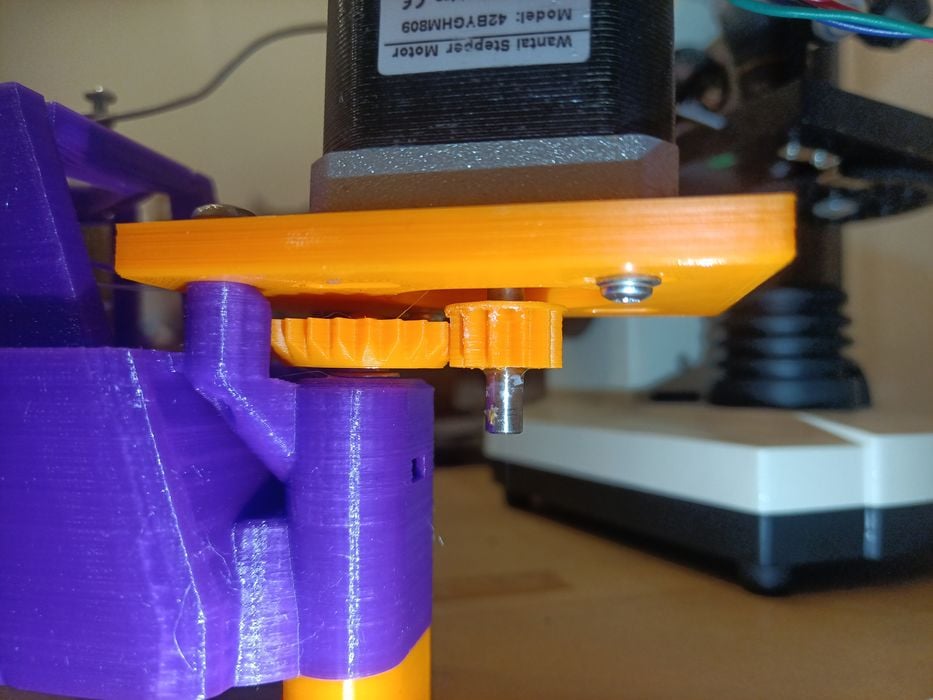
RepRap is developing a new 3D printer concept: RepRapMicron.
The “RepRapMicron” is intended to be a fully open source 3D printer design that is capable of sub-micron (0.001mm) fabrication. That’s vastly smaller than today’s RepRap-derived FFF devices, which tend to have 0.100mm as the standard layer resolution, with some tuned devices able to get down to as low as 0.020mm.
Why do this? RepRap explains:
“If micron scale manufacturing can be achieved by RepRap-like technology, it is likely that these fields will be advanced in the same way that manufacturing was by the RepRap. The biological sciences will gain from inexpensive, rapidly-evolving equipment. The microelectronics field will regain the potential for independent communities develop on the micron scale, and break away from its fixation on silicon as its main platform. As with 3D printing, there will certainly be new developments in fields that do not currently even exist.”
That’s reason enough to attempt this project by any measure.
The initial prototype designs will attempt to achieve positioning accuracy of 0.003mm over a build area of 10 x 10 mm. From there, improvements could achieve sub-micron capabilities.
One can imagine three-axis motions systems being scaled down to those dimensions, but what about the materials, deposition and solidification processes?
At this extremely early stage, that’s all up for debate. The project is considering a wide variety of approaches, including extrusion, resin, and even “old fashioned dip pens”.
The important thing to remember here is that RepRap is treating this as an entirely new system that might require entirely new methods. They’re at an exploratory stage where a number of approaches must be investigated until feasible methods are discovered.
The fruits of this project will not be known for years. The original RepRap project started in 2005, and we did not see commercial systems using the process until several years later. In other words, this is an important project to watch, but expect the biggest implications to occur some years forward.
Because the project uses the GPL 3 open license, it will be possible for anyone to participate by using the designs. We may see a number of micron-level devices appear next year, each variant potentially including useful improvements for all.
As they noted, it’s not possible to know what such a machine will eventually be used for. However, the same was said for other manufacturing devices, so expect innovation — this time on small scales.
Via RepRap Blog and RepRap Wiki
